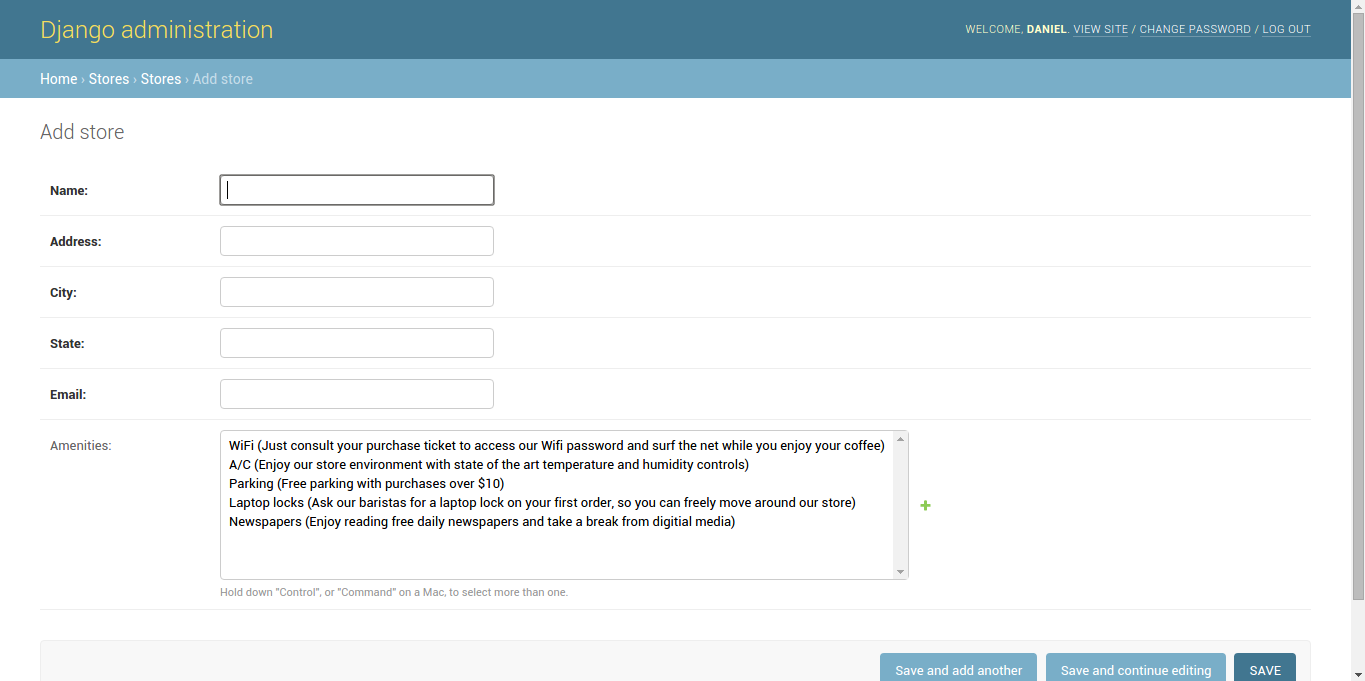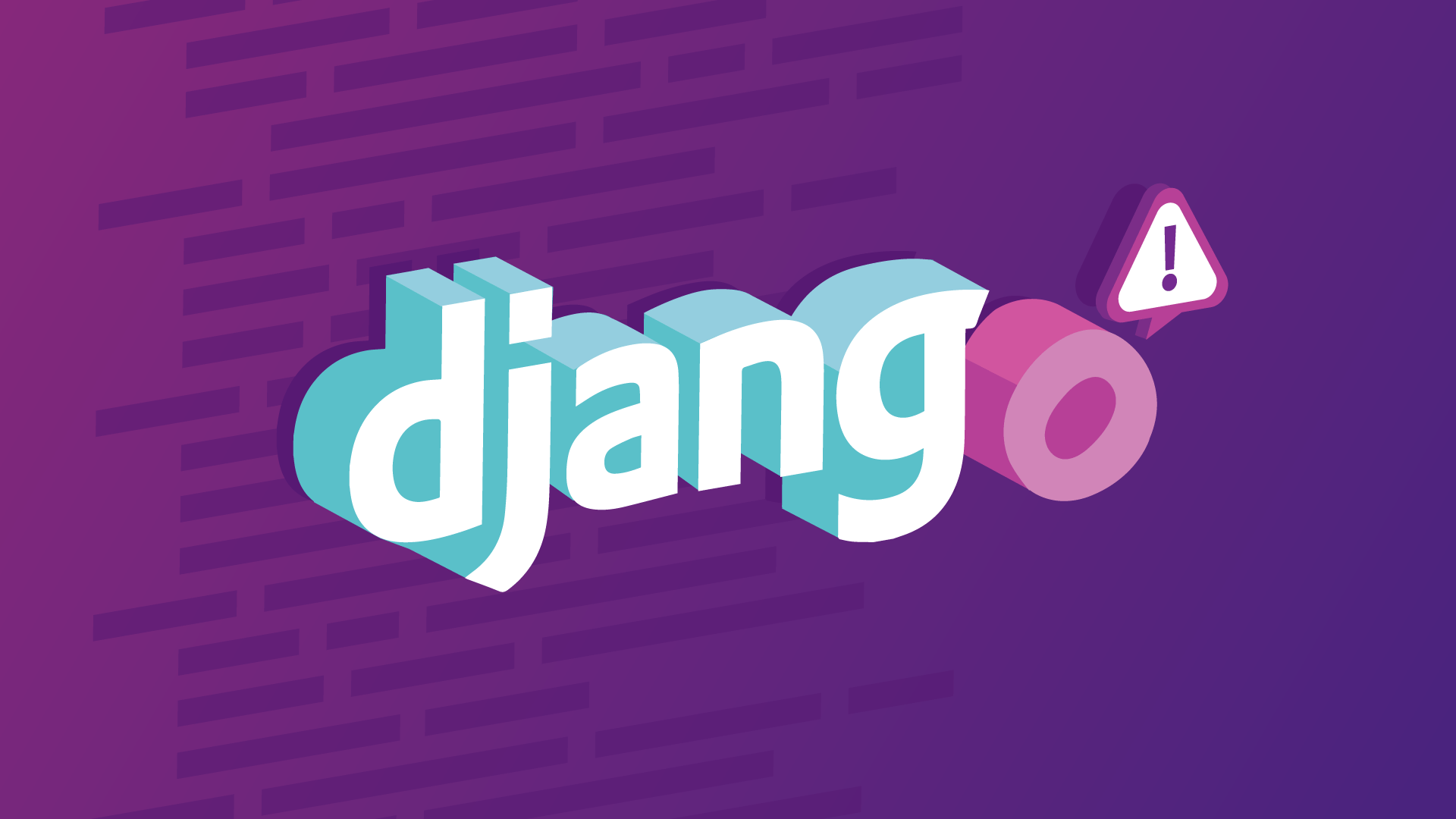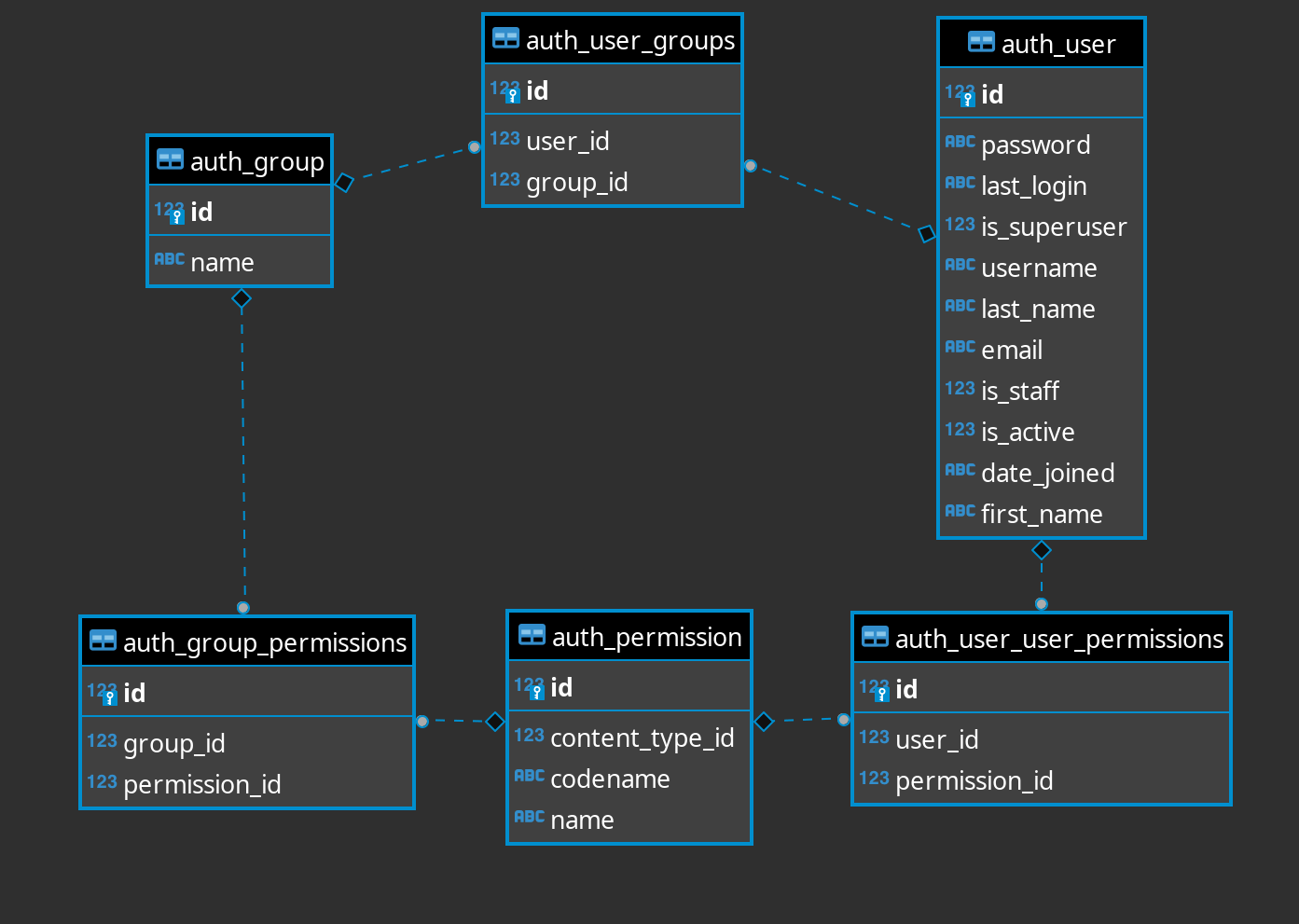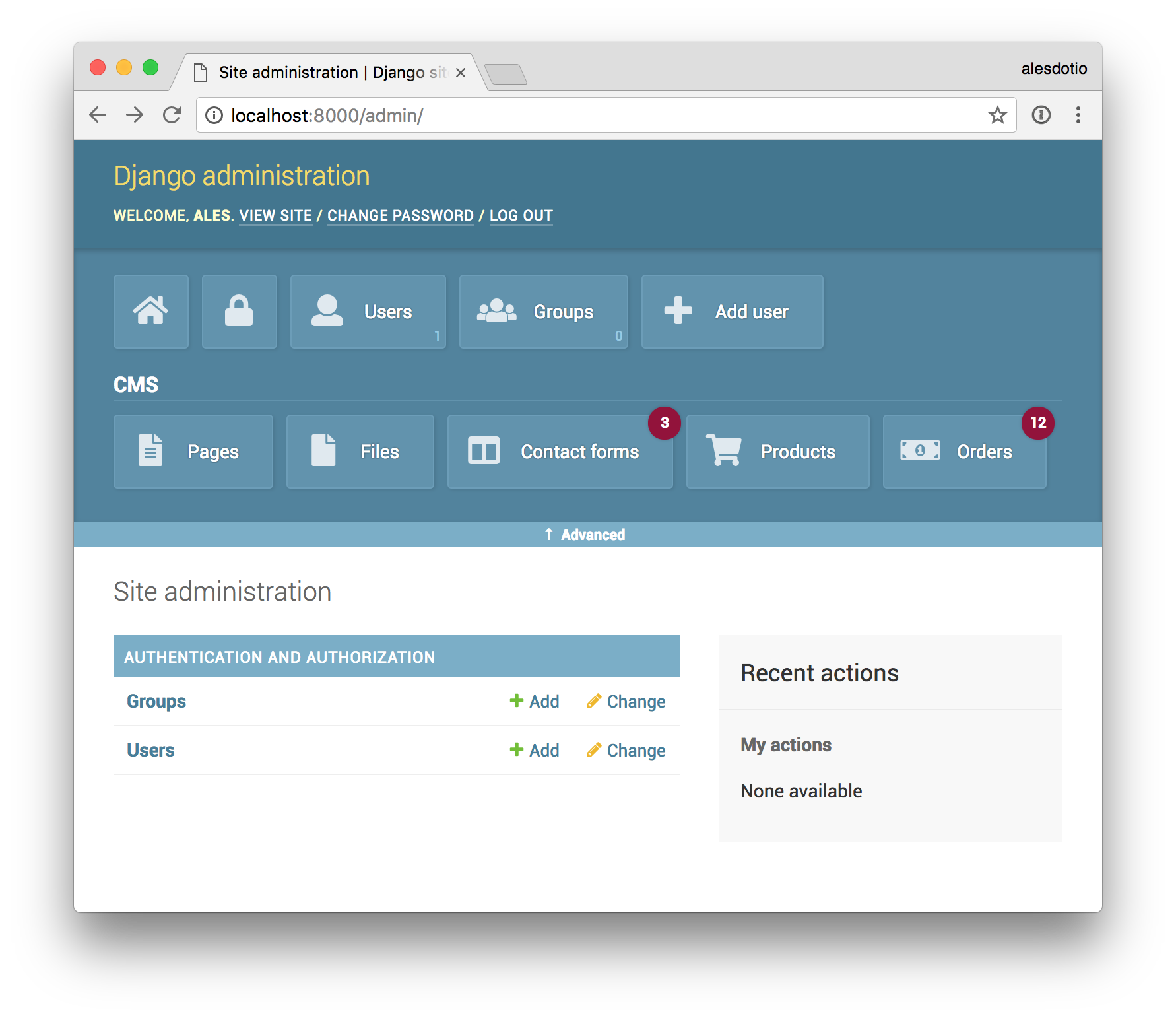
Writing Custom Django Admin Commands Django management commands
1 I have made a custom user model using the AbstractUser , removed the username and replaced it with email and extended the model, tried creating superuser and it worked and also created some users by a signup form , logged in the admin interface and it worked however when tried to create a login form for the users it fails

Django 3.0 Yayınlandı KARABAY YAZILIM
Django LoginView is a built-in view provided by Django for handling user authentication. It is based on the View class and implements the necessary logic for allowing users to log in to your website. In this article, we'll take a closer look at LoginView and how you can use it in your Django web application. Table Of Contents LoginView Example

Update 143+ django custom view decorator seven.edu.vn
To customize the login and logout views, you can create custom templates and override the default behavior of these views using Django's powerful view decorators. Let's examine an example to.

TOP 8 Mistakes when Working with Django ORM
Step 2: Add the Class-Based View as a URL Pattern. To include a class-based view in a URL pattern, you need to use the method as_view () . This is one of the utility methods that you have access to due to inheriting from django.views.View. # fotoblog/urls.py.

Django Authentication Login and Registration System YouTube
To customize the login and logout views, you can create custom templates and override the default behavior of these views using Django's powerful view decorators. Let's examine an example.

Django Custom login URL in django YouTube
How it works. First, import the LoginView from the django.contrib. auth.views, reverse_lazy from django.urls, and messages from django.contrib from django.contrib.auth.views import LoginView from django.urls import reverse_lazy from django.contrib import messages Code language: Python (python)

SQL Database Best Practices with Django (or any ORM) Scott Lobdell
Django authentication framework provides a form named UserCreationForm (which inherits from ModelForm class) to handle the creation of new users. It has three fields namely username, password1 and password2 (for password confirmation). In your views.py:

Django Friday Tips Permissions in the Admin Gonçalo Valério
Default permissions¶. When django.contrib.auth is listed in your INSTALLED_APPS setting, it will ensure that four default permissions - add, change, delete, and view - are created for each Django model defined in one of your installed applications.. These permissions will be created when you run manage.py migrate; the first time you run migrate after adding django.contrib.auth to.

How To Use Django User Authentication vegibit
Teams. Q&A for work. Connect and share knowledge within a single location that is structured and easy to search. Learn more about Teams
djangoadmin Fig
1. Basic Steps. Before we can create signup, login, or logout page, we must first go through the following procedures. Create Project: First and foremost, we must create a Django project. The command to create a Django project is: django-admin startproject project_name.

Django Web App Python Tutorial
Summary: in this tutorial, you'll learn how to create a Django login form that allows users to log in using a username and password.. This tutorial begins where the Django Delete Form tutorial left off.. Create a new application. First, create a new application called users by executing the startapp command: django-admin startapp users. The project directory will look like this:

Getting Started with Django
Django comes with a suite of methods that can help save you time as a developer. You can use the and methods from the module for authentication. Here's how to implement these in a view. Let's first look at the method.

Django Django custom login using own model YouTube
Django Best Practices: Custom User Model. Last updated Oct 1, 2023; Django ships with a built-in User model for authentication and if you'd like a basic tutorial on how to implement login, logout, signup and so on see the Django Login and Logout tutorial for more.. However, for a real-world project, the official Django documentation highly recommends using a custom user model instead; it.

create User Login page in django log in page in django login
Login Page Let's make our login page! Django, by default, will look within a templates folder called registration for auth templates. The login template is called login.html. Create a new directory called templates and another directory called registration within it. (.venv) $ mkdir templates (.venv) $ mkdir templates/registration

GitHub atikgohel/DjangoAuthenticationLoginLogoutSignupCustom
Implement User Login and Logout. Lets create a view, form, url and template for user login and logout functionality in your app. Step 1 - Login View : In your app's views.py file, create a view for the login functionality: Step 2 - Login Template: Inside templates folder, create a file named login.html.

How to Customize User Model in Django?
By default, AUTHENTICATION_BACKENDS is set to: ["django.contrib.auth.backends.ModelBackend"] That's the basic authentication backend that checks the Django users database and queries the built-in permissions. It does not provide protection against brute force attacks via any rate limiting mechanism.